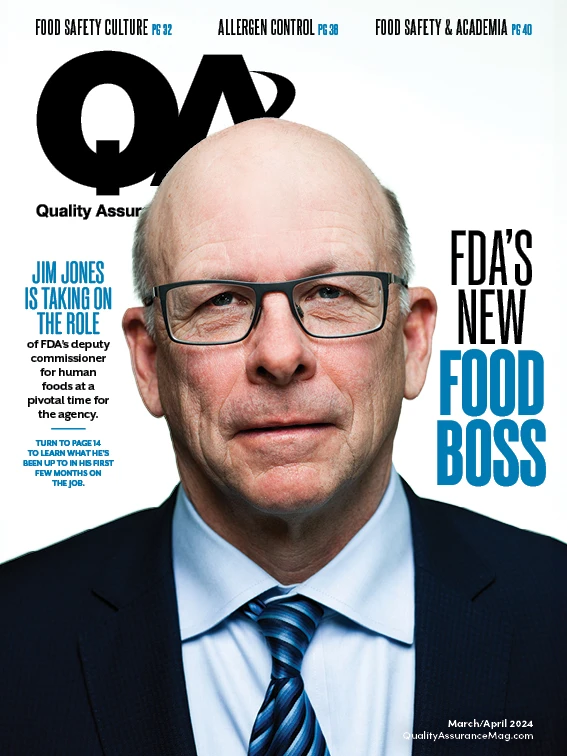
1. What is an example of a preventative control program used today?
A sanitation program is critical today. At the end of the cleaning process, manufacturers need to verify that the cleaning process was effective. Visually verifying that it is clean is not enough. They must use environmental monitoring tools to help them know if the equipment was indeed well cleaned so they can start production with more confidence.
2. Why should companies include environmental monitoring testing?
Environmental monitoring testing is crucial to ensure regulation compliance, mitigate risks, protect public health and demonstrate corporate social responsibility. If the focus is on product testing, it’s easier to get product contamination and a possible recall. The mindset should shift away from, “I don’t want a recall,” to a food safety culture approach that cultivates the mindset, “I don’t want to have an incident that can get a consumer sick.”
3. What is an emerging trend for environmental monitoring?
With more companies focusing on environmental monitoring to align with the new preventive approach, understanding how to use the data has become challenging. You have significant data from ATP, allergen testing and pathogens and indicators testing. However, interpreting all those results can be difficult. Being capable of understanding the story behind that data is very important right now.
4. How can companies interpret this data with limited qualified personnel?
By simplifying complex tasks and automating routine procedures, such as food testing and quality control, easy-to-use and robust technologies combined with analytic methods make it easier to bring new employees up to speed. Additionally, they improve the efficiency and accuracy of analytical processes, ensuring that the food industry can maintain its dedication to delivering safe and high-quality products to consumers.
5. Is allergen testing important in an environmental monitoring program?
Allergens can be lethal and have no cure. Consumers who don’t have allergies could get food poisoning and have a good chance of recovering, but consumers with allergies have much greater consequences. Companies should include allergen testing in their programs to be able to properly label their products so consumers have the necessary information to decide whether to consume or avoid a specific product.

Explore the March/April 2024 Issue
Check out more from this issue and find your next story to read.
Latest from Quality Assurance & Food Safety
- IDFA Presents Leadership Award to Six Federal Officials at Annual Celebration of Dairy Reception
- Seeding The Future Global Food System Challenge is Changing Lives: Winners Reflections
- Raw Farm Products Recalled Following Bird Flu Virus Detections
- FDA Issues 2024 Voluntary National Retail Food Regulatory Program Standards
- GSA Launches Assurances Platform, Prism and Webinar Series in Partnership with Wholechain
- Multistate E. coli Outbreak Linked to Iceberg and Romaine Lettuce Blend
- FDA, USDA Seek Information About Food Date Labeling
- William Marler, Food Safety Advocate and Lawyer, Condemns Lack of Safety of U.S. Food Supply





